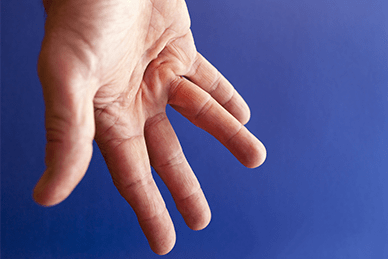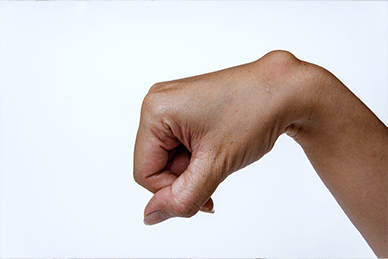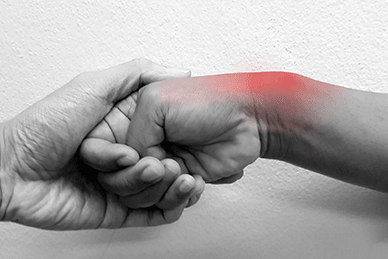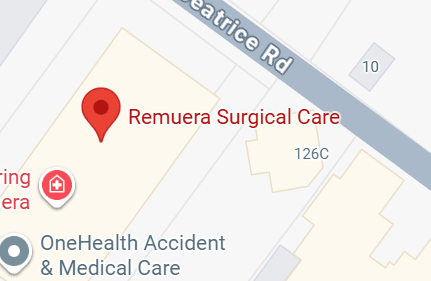Trigger finger or thumb
Whether it’s painful numb fingers; deformity or diminished function, the aim of surgery is to help you regain the function you have lost.
Please give us a call to discuss your options or to book an initial consultation with Dr Greenbaum.
Triggering of a finger happens when a tendon that bends the finger gets progressively more stuck as it passes through a tendinous pulley at the junction of the affected finger and the palm.
What are the first symptoms?
Early on, bending the finger generally succeeds in pulling the nodule through the constriction on to the palm-side and allows the finger to bend, but once there, it lodges and won’t allow the tendon to return and allow the finger to straighten.
Initially, forcibly straightening the finger by using the other hand to pull on the bent fingertip succeeds, but with a sudden snap – analogous to the trigger mechanism that cocks a revolver hammer and then suddenly releases it to fire the revolver after a set tension is reached. This is why it is called “trigger finger”.
What happens if it is left untreated?
If this problem is left untreated and allowed to worsen, the affected finger will eventually lock and become fixed in its bent hook-like position.
Women seem more prone to this problem than men. It is generally started by doing things repeatedly that require force to grip and people who also have diabetes or rheumatoid arthritis are more likely to have this problem, than those who do not.
What does treatment involve?
Unless you have rheumatoid arthritis, which makes things more complicated, treatment depends on how soon it is addressed. If I see a patient soon after they notice the nodule developing, I can often treat it with a simple injection of anti-inflammatory corticosteroid. If this doesn’t succeed, or succeeds once, but later the problem returns, then a very simple surgical procedure than can be done under local anaesthetic block will cure the problem.









